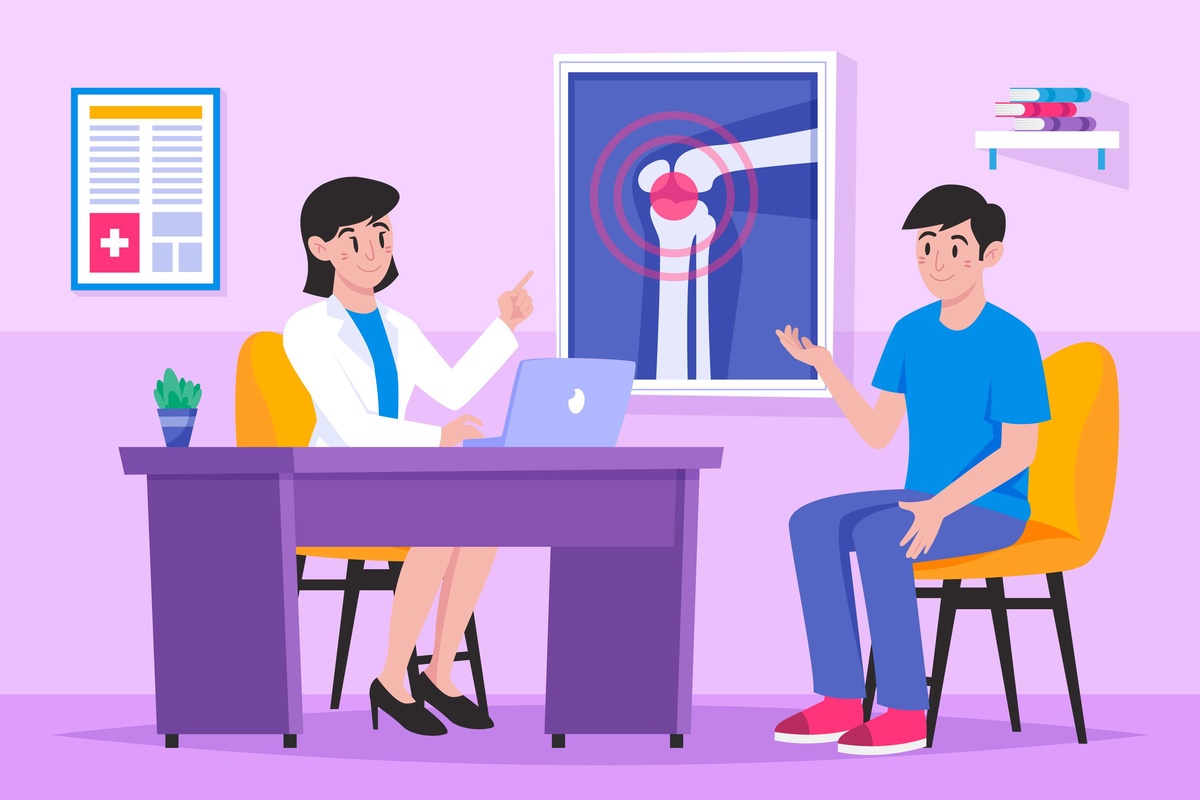In the ever-evolving landscape of healthcare technology, ensuring the security and privacy of patient data is paramount. From electronic health records to personal information, healthcare facilities house a treasure trove of sensitive data that requires robust protection. Multi-Factor Authentication (MFA) emerges as a powerful tool in this endeavor, not only bolstering cybersecurity but also streamlining the patient check-in and patient intake process. Let's delve into how MFA transforms the patient experience while safeguarding confidentiality and compliance.
Streamlining Patient Check-In:
Gone are the days of cumbersome paperwork and lengthy queues at the reception desk. With MFA, patients can check in seamlessly, using a combination of factors such as passwords, biometrics, or one-time codes sent to their mobile devices. This not only expedites the check-in process but also enhances convenience for patients, allowing them to complete formalities swiftly and focus on their healthcare needs.
Enhancing Security:
Traditional authentication methods like passwords are susceptible to breaches due to factors like weak passwords or phishing attacks. MFA mitigates these risks by adding an extra layer of security. Even if one factor (such as a password) is compromised, unauthorized access is thwarted since the attacker would still need the additional authentication factors. This robust security framework ensures that patient data remains safeguarded against unauthorized access or data breaches.
Protecting Patient Privacy:
Patient confidentiality is sacrosanct in healthcare. MFA reinforces privacy measures by ensuring that only authorized individuals can access patient records and information. Whether it's a physician reviewing medical history or a nurse updating treatment plans, MFA verifies the identity of users, preventing unauthorized access and safeguarding patient privacy.
Facilitating Regulatory Compliance:
Healthcare organizations are bound by stringent regulatory frameworks such as the Health Insurance Portability and Accountability Act (HIPAA) in the United States. Compliance with these regulations is non-negotiable, with severe consequences for violations. MFA aids in compliance efforts by strengthening access controls and authentication mechanisms, thereby aligning with regulatory requirements and ensuring adherence to data protection standards.
Improving Patient Experience:
In the era of patient-centered care, experience matters as much as clinical outcomes. MFA contributes to a positive patient experience by offering a seamless and secure check-in process. Patients appreciate the added layer of security that protects their sensitive information, while the streamlined intake process saves time and reduces administrative hassles, enhancing overall satisfaction with the healthcare encounter.
Integration with Telehealth:
The rise of telehealth further underscores the importance of MFA in healthcare. As virtual consultations become increasingly prevalent, verifying the identity of patients and healthcare providers is critical for ensuring secure remote interactions. MFA facilitates this process, enabling secure authentication for both patients accessing telehealth platforms and healthcare professionals delivering remote care.
Conclusion:
Multi-Factor Authentication (MFA) represents a paradigm shift in healthcare authentication, offering a potent combination of security, efficiency, and patient-centeredness. By streamlining the check-in process, enhancing security measures, and safeguarding patient privacy, MFA not only fortifies cybersecurity but also elevates the patient experience. As healthcare organizations embrace digital transformation, MFA emerges as an indispensable tool in their arsenal, safeguarding patient data while ensuring seamless and secure access to healthcare services.


No comments yet